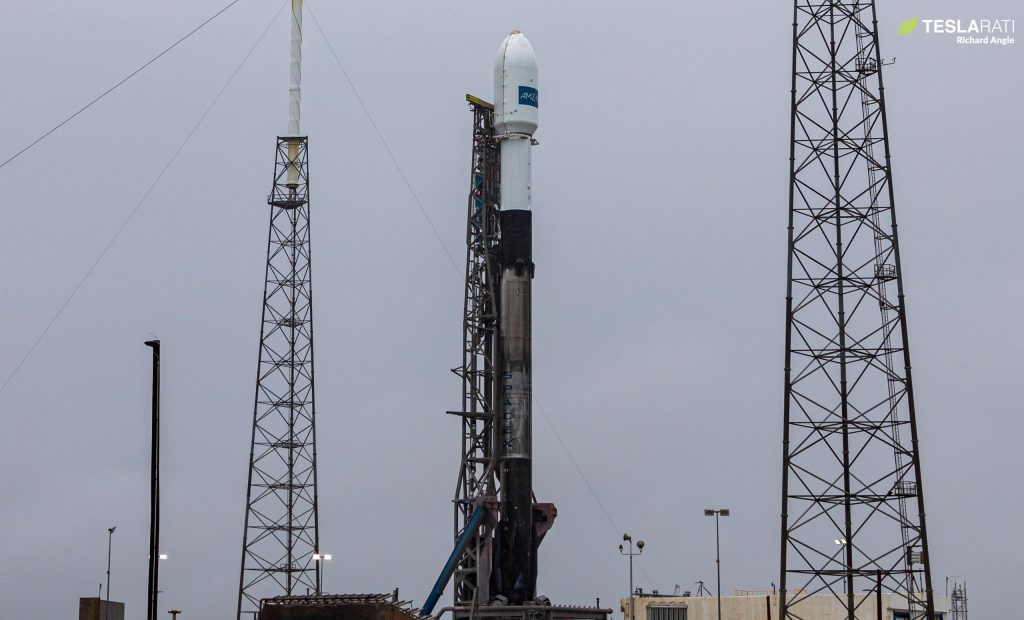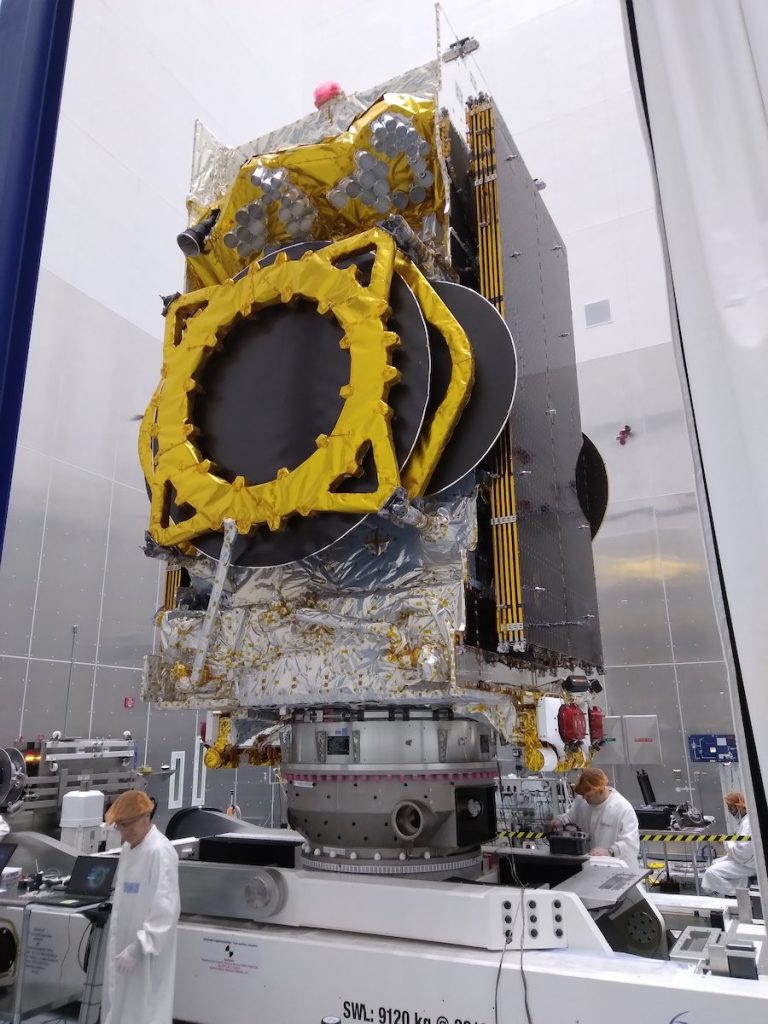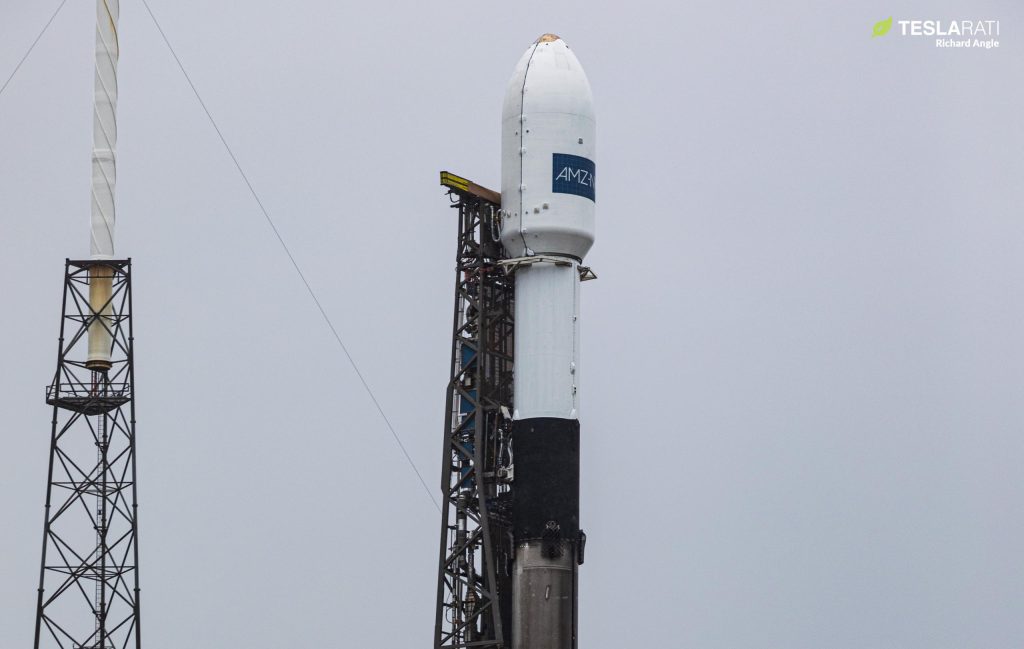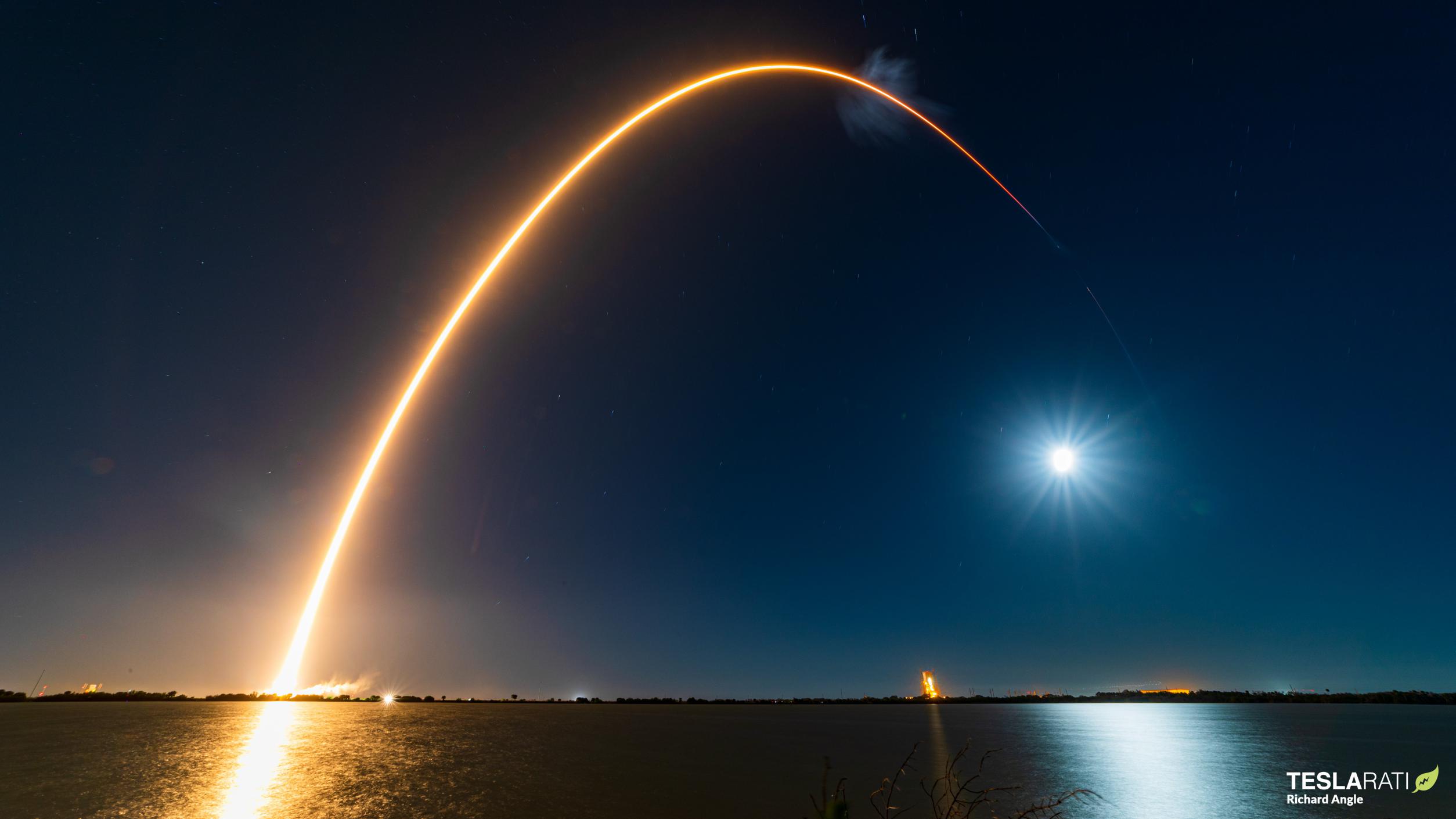SpaceX has successfully launched Spanish connectivity provider HISPASAT’s Amazonas Nexus satellite into a geostationary transfer orbit.
The mission kicks off a surge of geostationary satellite launches for SpaceX. It was also the company’s 16th Falcon rocket launch in nine weeks, demonstrating an extraordinary cadence just a hair away from CEO Elon Musk’s ambitious 2023 target.
The update that's rolling out to the fleet makes full use of the front and rear steering travel to minimize turning circle. In this case a reduction of 1.6 feet just over the air
— Wes (@wmorrill3) April 16, 2024
After several delays, SpaceX’s workhorse Falcon 9 rocket lifted off at 8:32 pm EST, three hours into a four-hour window. The 4.5-ton (~9,900 lb) Amazonas Nexus communications satellite was the only payload inside the rocket’s reusable carbon-composite payload fairing. Built by Thales Alenia Space, the communications satellite is destined for a geostationary orbit above the western hemisphere, where it will expand and improve HISPASAT’s coverage across Greenland, the Atlantic Ocean, and the Americas.



Amazonas Nexus won’t be SpaceX’s first launch for HISPASAT. In 2018, an older version of the Falcon 9 rocket successfully launched Hispasat 30W-6, the company’s next newest satellite. Amazonas Nexus is designed to operate for at least 15 years and is powered by a large 20-kilowatt solar array.
In addition to a primary payload for HISPASAT, the satellite will carry GreenSat, which will ensure that 100% of Greenland’s population has access to high-speed internet. It will also carry the Pathfinder 2 payload for the US Space Force, continuing a program created to “explore new contracting models to cover [US military] telecommunication service needs with commercial satellites.”
Ordered from Thales Alenia Space in January 2020, Amazonas Nexus was originally scheduled to launch in the second half of 2022, Q3 2022, late 2022, and January 2023. The satellite was finally made ready for launch by early February and lifted off on February 6th, 2023. Falcon 9 booster B1073 supported the mission without issue, completing its sixth orbital-class launch and successfully touching down 620 kilometers (386 mi) downrange on SpaceX drone ship Just Read The Instructions.
Falcon 9’s expendable upper stage first entered a parking orbit in low Earth orbit (LEO), and later conducted a second burn of its Merlin Vacuum engine, boosting Amazonas Nexus into a supersynchronous geosynchronous transfer orbit (GTO) measuring roughly 350 kilometers (~215 mi) by 60,000 kilometers (~37,150 mi). “Supersynchronous” refers to the fact that the apogee of the transfer orbit is significantly higher than a geosynchronous orbit (~35,800 km). Falcon 9’s performance surplus means that Amazonas Nexus will be able to reach its operational orbit faster and while using less of its own propellant, potentially extending its useful lifespan.
The mission was SpaceX’s ninth launch of 2023 and ninth launch in five weeks. If SpaceX can sustain that pace, it would translate to an average of almost 94 Falcon launches per year – just shy of Elon Musk’s goal of 100 SpaceX launches in 2023.











